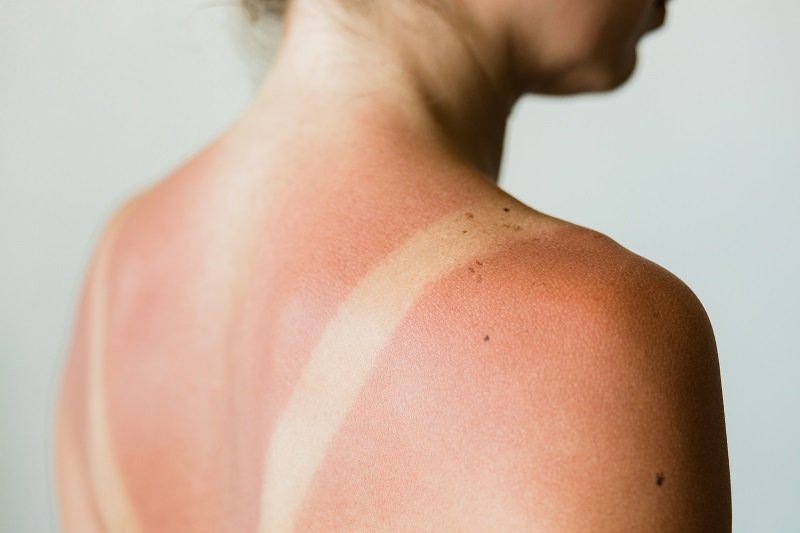Understanding Sunburn: Are You at Greater Risk?
As summer approaches and the temperature rises, the risk of sunburn becomes a concern for many. However, not everyone is equally susceptible to the sun’s harmful rays. This article will delve into various factors that make certain individuals more prone to sunburn and skin damage.
Key Factors Increasing Sunburn Risk
1. Skin Tone and Melanin Levels
Fair-skinned individuals often find themselves more vulnerable to sunburn. Melanin, the pigment responsible for skin color, acts as a natural barrier against UV radiation. The darker your skin, the more melanin you have, which offers greater protection against sunburn. However, it’s crucial to remember that every skin tone can burn, and sun protection is essential for everyone’s health.
Consider using sunscreen with SPF 30 or higher regularly, regardless of your skin tone.
2. Compromised Immune System
Certain medical conditions can weaken the immune system, making skin more susceptible to damage from UV rays. Conditions such as lupus or HIV can increase your risk of severe sunburns and skin cancer. Individuals with a compromised immune system should exercise extra caution when spending time outdoors.
Engaging with your healthcare provider can offer personalized advice on sun safety.
3. Family History of Skin Cancer
A familial tendency towards skin cancer can elevate your risk when exposed to UV rays. Research indicates that sunburns, particularly those acquired in youth, can incrementally heighten the likelihood of developing melanoma in later life.
- Key Takeaway: If you have a family history of skin cancer, consider more frequent applications of sunscreen, wearing protective clothing, and scheduling regular skin check-ups with a dermatologist.
4. Presence of Freckles or Moles
Freckles and moles are signs of sun exposure and can indicate heightened sensitivity to UV rays. People with light skin featuring numerous freckles often have skin that is more prone to burn. Additionally, moles can change in response to UV exposure, which could increase the risk of skin cancer.
Tips for Monitoring Moles:
- Conduct self-exams regularly.
- Consult a dermatologist if moles are asymmetrical, have uneven borders, vary in color, exceed six millimeters in diameter, or change in shape.
5. Elevated UV Exposure in High Altitudes and Tropical Climates
The intensity of UV radiation significantly increases in locations closer to the equator and at higher altitudes. The UV index, which assesses the risk of sunburn based on your location, can reach high levels (8 or above). In such regions:
- Recommendations:
- Always use sunscreen.
- Wear protective clothing.
- Limit sun exposure during peak hours.
Sun Protection Strategies
To safeguard your skin effectively, especially if you’re at higher risk, consider implementing these strategies:
- Use Broad-Spectrum Sunscreen: Apply daily with an SPF of 30 or higher.
- Wear Protective Clothing: Choose wide-brimmed hats, long-sleeved shirts, and sunglasses.
- Seek Shade: Whenever possible, find areas with shade, especially during noon.
- Stay Hydrated: Drink plenty of water to keep your skin and body healthy.
Conclusion
Understanding your risk factors and employing protective measures can significantly reduce sunburn likelihood and overall skin damage. With diverse skin types and varying environmental conditions, safety practices should be tailored to individual needs. Stay informed, stay safe, and enjoy the sunny days ahead.
Resources for Further Insight
For comprehensive information on skin health and sun safety, consider visiting American Academy of Dermatology and CDC’s Sun Safety. Consult a healthcare professional for personalized advice.


